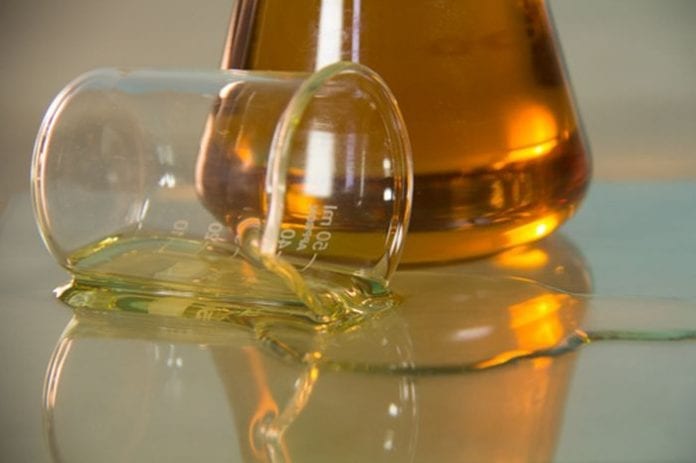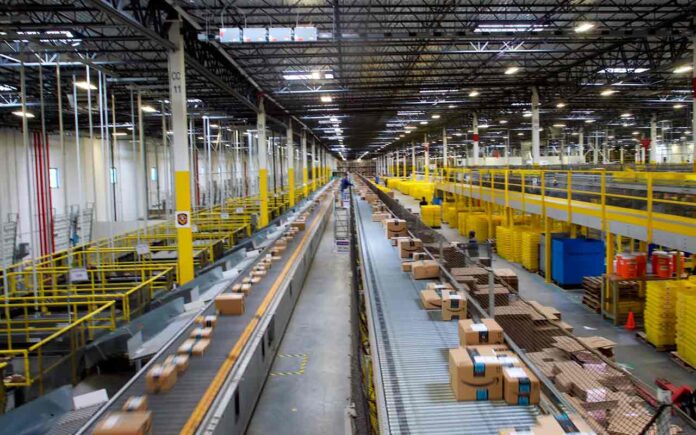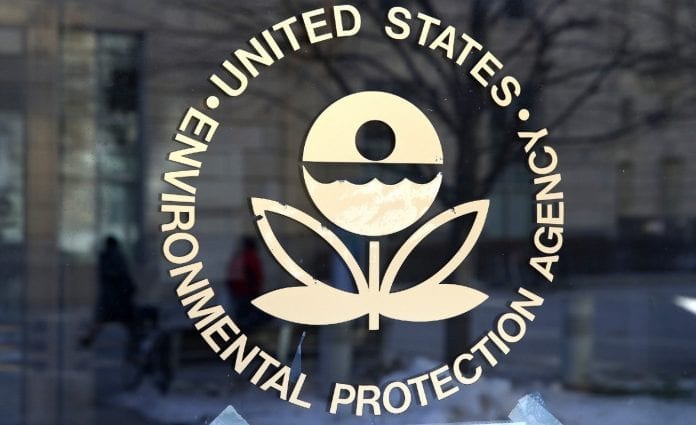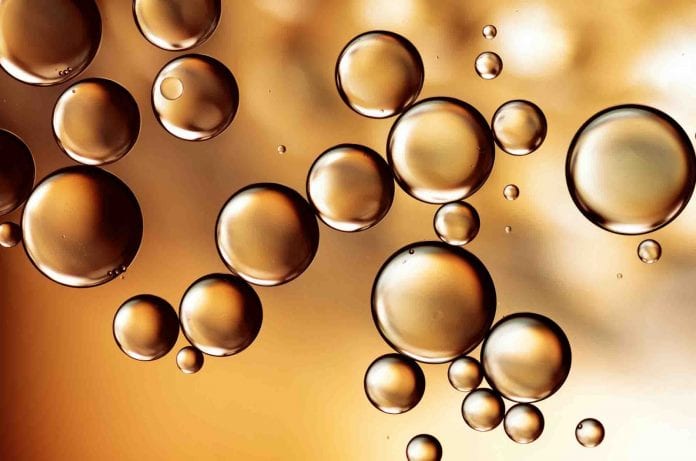Of all the threats to the environment, hydraulic fluid leaks from commercial machinery pose a larger threat than most people realize. Standard fluid is made from oil and hydraulic fluid spills can be just as damaging to the Earth as petroleum oil spills.
Although oil can be recycled, it’s still a threat to the environment in any form. Oil alternatives exist, but have yet to become the standard. Until biodegradable, environmentally-safe oil alternatives become the gold standard for commercial use, contamination will remain a serious issue.
Hydraulic fluid is bad for the environment

HF’s are commonly made from three substances: mineral oil, organophosphate ester, or polyalphaolefin. Mineral oil-based hydraulic fluid is made from crude oil, while the other types are synthetically manufactured.
HF is toxic to the environment and when it gets into the water systems, it will end up hurting wildlife and human life. Exposure to HF has some serious consequences for human and animal life. For example, the CDC reported that a child who drank mineral oil hydraulic fluid died after developing pneumonia and bleeding in the intestines.
The EPA identifies hazardous waste sites in the United States and places these sites on a list called the National Priorities List (NPL). These sites are the target of long-term federal cleanup projects. There are currently 1,428 NPL sites and hydraulic fluids have been found in at least ten of these sites. Not all sites have been tested for every possible substance; as testing continues, HF could be found in more sites.
Even seemingly minor spills in the street or on the highway are cause for concern. Most spills require a hazmat response like the incident in Falmouth, MA where 50 gallons of hydraulic fluid spilled from a garbage truck. If a hazmat response was sent out for a 50-gallon spill, that speaks volumes about hydraulic fluid’s toxicity.
However toxic hydraulic fluid is, it’s an absolute necessity for many industries that use machinery. HF is a lubricant and is essential for certain machines to function.
Preventing leaks requires proper equipment
Proper equipment is critical in preventing leaks and spills. Businesses that operate leaky equipment and cause damage to the environment could be faced with a mandatory shut down. However, most shutdowns are preventable.
According to a case study published by Stucchi USA, using leak-free connectors can prevent a business from getting shut down for violating environmental protection laws. A common cause for leaks with industrial machinery are ill-fitting or poorly designed couplers that leak. Leaks aren’t always caused by wear and tear. The good news is, bad couplers are easy to replace.
Commercial businesses are required to stay compliant with environmental law

There are many environmental protection laws that U.S. industrial businesses are required to follow. Some of these laws are federal, while others exist at the state level. For example, the Clean Water Act (CWA) and Safe Drinking Water Act (SDWA) were created by the Environmental Protection Agency (EPA) and are strictly enforced at the federal level.
According to the EPA, the CWA “prohibits oil or hazardous substance spills in quantities that may be harmful to human health and the environment and requires actions to prevent future spills.” The CWA is a crucial law to enforce since the soil and water systems can be irreparably damaged even by minor spills.
Oil spills are one of the EPA’s top priorities to control and prevent in inland waters
Preventing leaks would be easier if every business had a plan that dictated what actions to take when a leak is discovered or suspected. A response plan in these situations could make the difference between spilling hundreds or thousands of gallons of hydraulic fluid.
The EPA has an oil spill prevention program that requires some facilities to submit a response plan for a worst-case scenario oil discharge or potential discharge threat. This means those businesses must have a plan of action on file with the EPA or they can face fines and penalties.

Businesses are moving to environmentally-friendly fluids
Even with the highest level of due diligence, leaks won’t always be prevented. Some situations are beyond anyone’s control. To mitigate the effects of unexpected leaks and spills, businesses are switching to environmentally-friendly fluids.
One popular environmentally-friendly fluid option is called BioBlend. The advantage to this particular fluid is that it’s biodegradable. This fluid meets EPA standards to be considered readily biodegradable and minimally toxic. It consists of vegetable and/or synthetic ester oils.
Due to the ingredients, this fluid requires a less significant response than petroleum-based fluids. The main distinction is that BioBlend isn’t classified as “used oil” and spills and leaks aren’t bound by the strict reporting requirements of a traditional oil spill.
While using environmentally-friendly fluids doesn’t absolve a business from reporting a spill, it does lessen the penalties and cuts a business more slack around the legal requirement for a response.
Although the EPA provides federal rules for managing and preventing spills, each U.S. state also has its own set of rules that govern how spills must be reported, managed, and cleaned. These rules differ based on the substance and are more lenient for environmentally-friendly fluids.
Reporting a spill – what does the EPA say?
The EPA requires a spill to be reported when the quantity of the harmful substance:
- Violates applicable water quality standards
- Causes a film, “sheen,” or discoloration on the water’s surface or adjacent shorelines
- Deposits sludge or emulsion below the surface of the water or adjacent shorelines.
For businesses using traditional fluid, spills will likely need to be reported without exception.
Preventing hazardous spills is a team effort
Preventing hazardous hydraulic fluid spills and leaks is a team effort between manufacturers and business operators. Since leaks and spills are unavoidable in their entirety, biodegradable substances will lessen the impact when they occur. However, it’s up to each business to ensure their equipment is in working order with the right fittings that are designed to prevent leaks in the first place.









